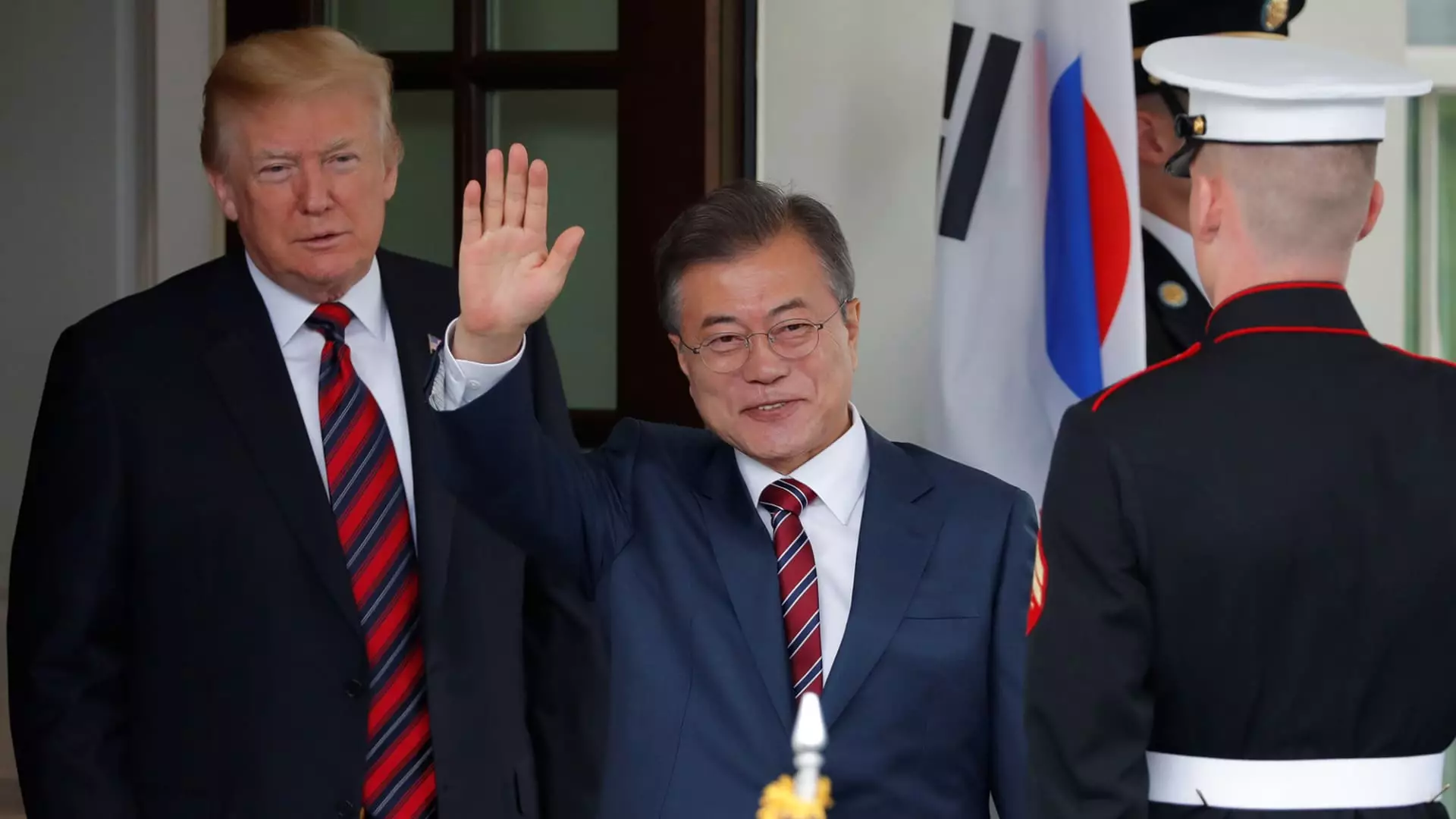The automotive industry plays a crucial role in the U.S. economy, contributing significantly to employment and economic growth. However, the impending threat of increased tariffs, primarily on imports from South Korea and Japan, poses a disruptive challenge. As President Donald Trump contemplates further hikes in tariffs on U.S. trading partners, it is essential to unpack how these potential levies could impact both manufacturers and consumers within the automotive sector.
The auto industry in the United States is heavily reliant on imports, particularly from East Asian manufacturers. In the previous year, vehicles from South Korea and Japan accounted for a remarkable 16.8% of total auto sales in the U.S. In contrasting the contributions from these two nations, South Korea emerged as a frontrunner, exporting 8.6% of the total vehicles sold, slightly ahead of Japan’s 8.2%. This trend indicates not only the robust automotive manufacturing capabilities of these countries but also their importance as trading partners for the U.S.
Hyundai, trailing only Mexico in U.S. vehicle exports, is a significant player in this market. The elimination of import duties on South Korean vehicles means that Hyundai could maintain price competitiveness. However, the specter of potential tariffs creates uncertainty, threatening the very foundation of price stability that has enabled these imports to flourish.
With discussions surrounding the imposition of tariffs exceeding 25% on Canadian and Mexican imports, it is imperative to recognize that South Korean automotive exports stand to be less severely impacted due to current trade agreements. Nonetheless, the introduction of new tariffs could still catalyze price increases for consumers, as manufacturers might pass these additional costs down the supply chain. This scenario raises concerns about diminishing demand for vehicles, as higher prices could deter potential buyers.
Moreover, the situation for Japanese manufacturers is precarious, with existing imports already subjected to a 2.5% tariff. The potential for increased tariffs could place further strain on their sales. Given that Japan’s share of the U.S. market has notably decreased, any additional tax burden could exacerbate their declining figures. The automotive market is inherently reactive; as import costs escalate, consumer choices are likely to shift, potentially favoring domestic production or lower-cost alternatives.
The dynamics of automotive manufacturing are complex, involving significant investments and long-term planning. General Motors (GM), for instance, has made substantial investments in South Korea, channeling approximately $6.2 billion into its operations there since 2002. This not only represents their commitment to production in South Korea but also highlights the intricate interdependencies that characterize global automotive supply chains.
As GM increases its imports from South Korea, it positions itself as one of the largest beneficiaries of tariff-free imports. However, the delicate balance between maintaining price competitiveness and protecting profitability comes into sharp focus. Models produced in South Korea, such as the Chevrolet Trailblazer, have been pivotal for GM’s resurgence in the entry-level segment, and any new tariffs could jeopardize this positive trajectory.
Experts within the automotive landscape acknowledge the industry’s adaptability in the face of changing economic conditions. Terence Lau, a professor and former trade expert, emphasized the difficulty of immediate adjustments when tariffs are implemented. While the industry can recalibrate its strategies over time, a sudden shift due to tariffs could disrupt established market patterns and complicate long-term planning.
Additionally, Ford CEO Jim Farley has voiced concerns over the selective enforcement of tariffs. If the aim is to level the playing field in North American manufacturing, any new tariffs must be applied comprehensively. The current landscape of automotive imports, especially from Japan and South Korea, indicates that piecemeal tariff increases could benefit import competitors, undermining the intended protective measures for U.S. manufacturers.
As the auto industry braces for possible tariff shifts, the implications are profound. Consumers may soon face elevated prices, while manufacturers wrestle with maintaining competitive pricing strategies against the backdrop of tightening margins. The uncertain environment necessitates clear communication from governmental bodies, particularly regarding which countries will face tariff repercussions.
The need for a unified approach to tariffs is clear. A strategic, comprehensive policy could mitigate the risks of ballooning production costs while supporting domestic manufacturing. As discussions continue, stakeholders must keep a keen eye on how these impending decisions will shape the future of automotive commerce and consumer choices in the United States.

